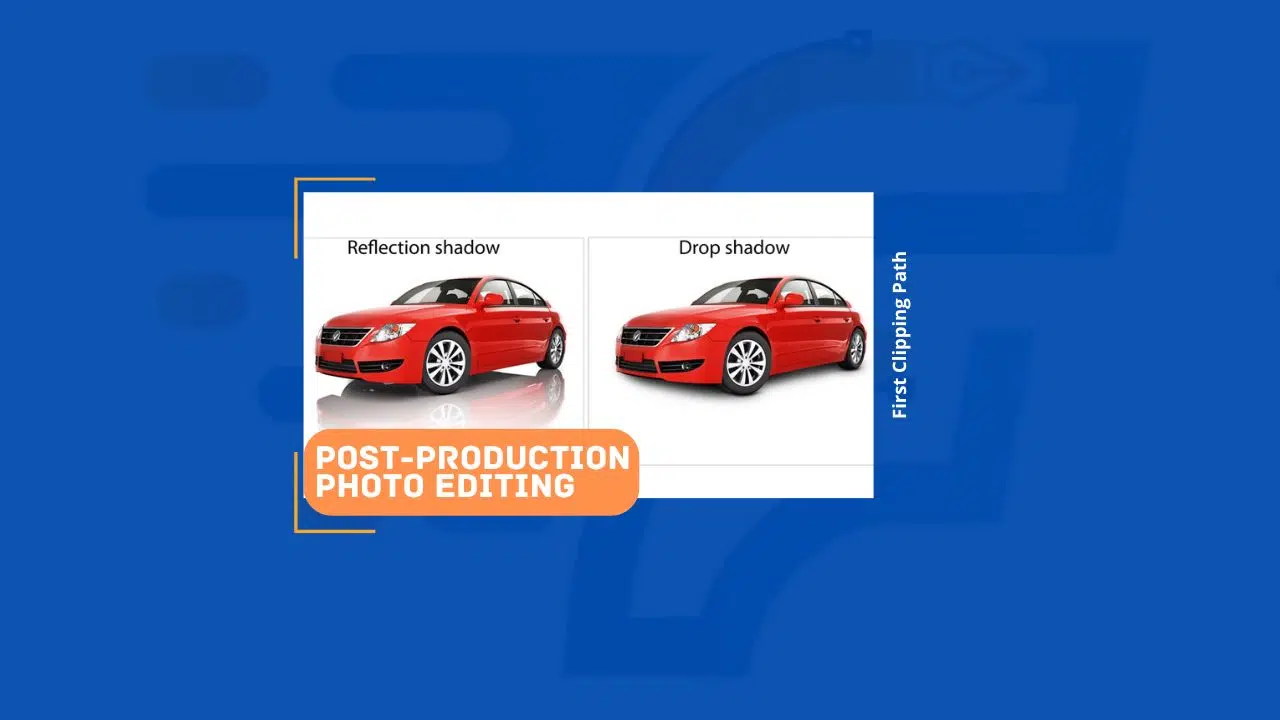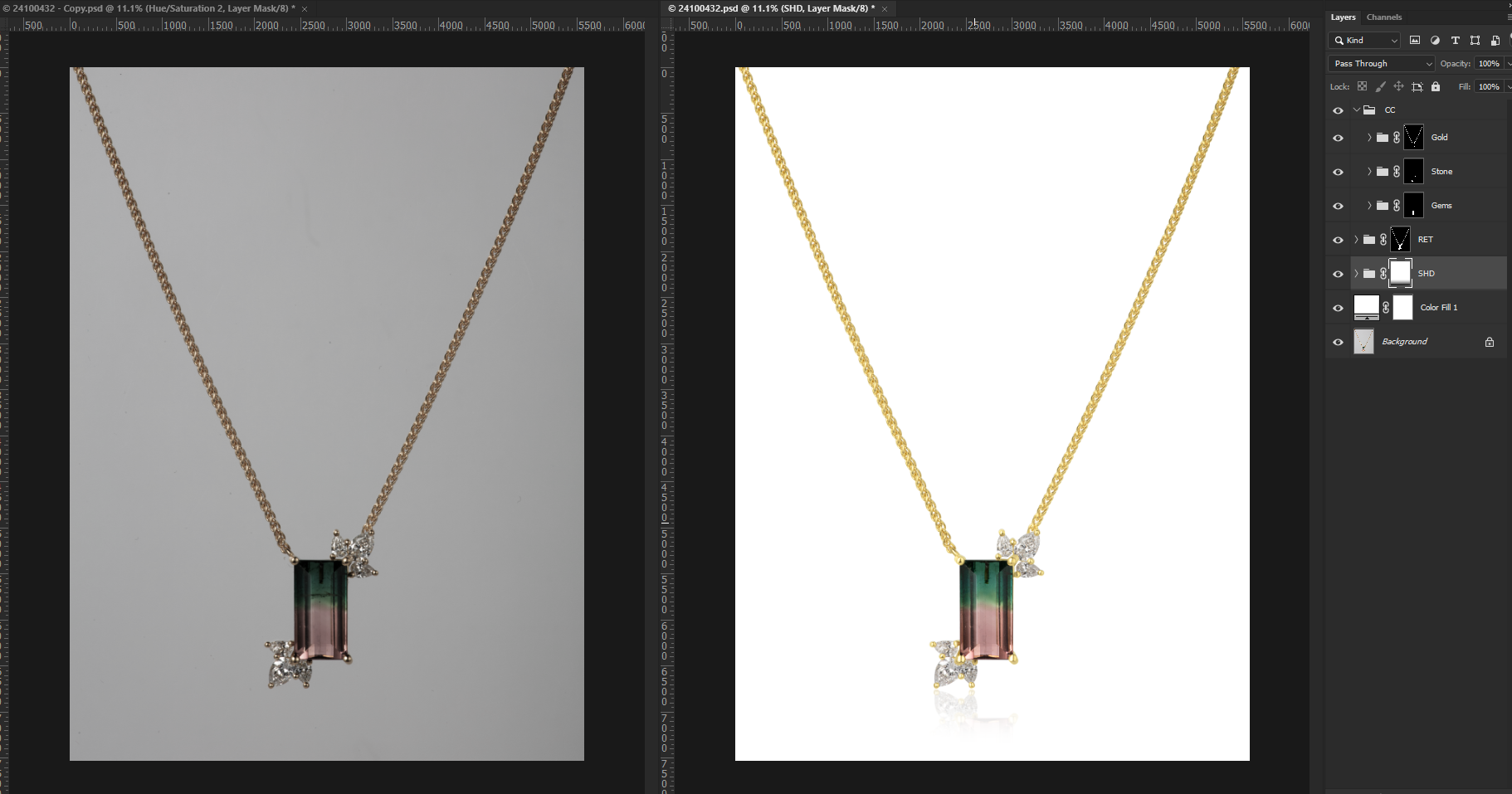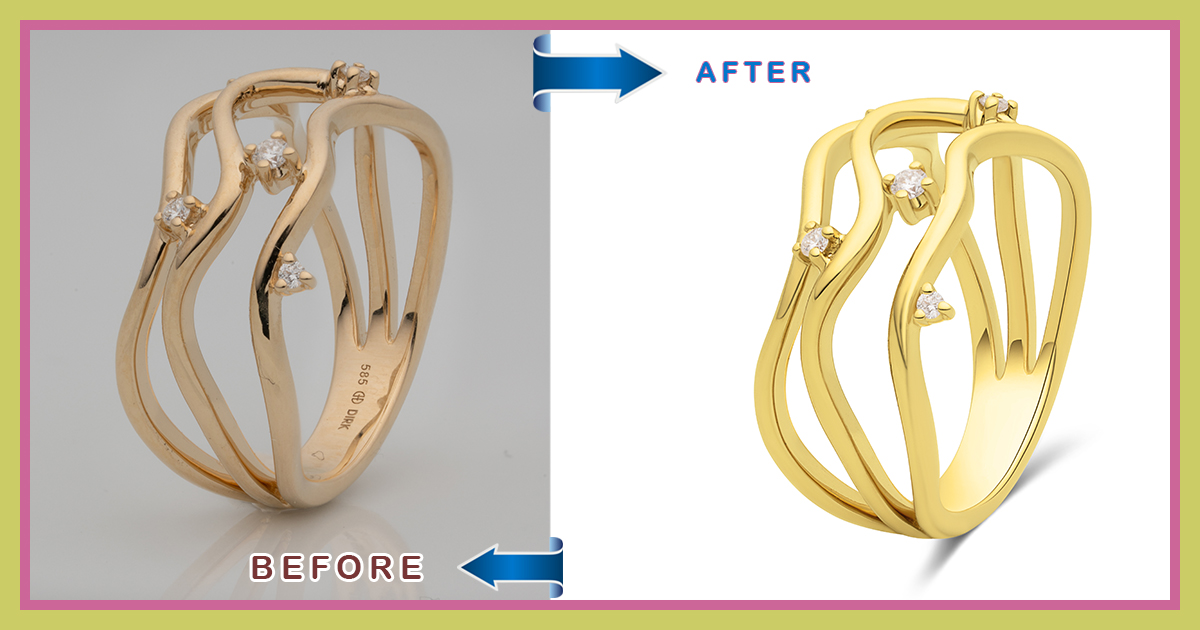Shadow puppet cutouts are intricately crafted silhouettes that are manipulated to create visually stunning performances. In shadow puppetry, cutouts are used to depict characters, animals, and objects, which are then projected onto a screen or backdrop.
These cutouts are typically made from opaque materials like leather, cardboard, or paper, and are intricately cut and perforated to allow light to pass through selectively. By manipulating these cutouts behind a light source, puppeteers can bring the silhouettes to life, creating an enchanting and immersive storytelling experience.
Shadow puppet cutouts are a mesmerizing form of art that has been practised for centuries across cultures, leaving audiences captivated by their beauty and storytelling prowess.
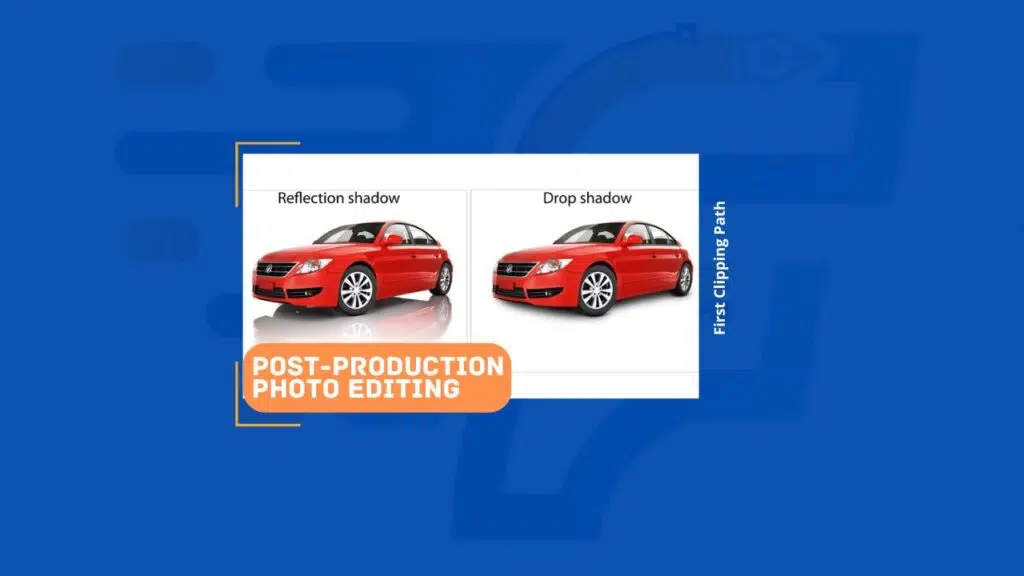
Introduction To Shadow Puppet Cutouts (Short History And Cultural Significance)
Shadow Puppet Cutouts: A Captivating Ancient Art Form
Shadow puppetry has captivated audiences for centuries with its magical and enchanting performances. Originating in ancient China, this unique art form uses intricate cutouts to create mesmerizing shadows on a screen. In this section, we will explore the history and cultural significance of shadow puppet cutouts, delving into their origins and the allure they hold.
Shadow Puppetry: A Captivating Ancient Art Form
- Shadow puppetry is an ancient form of storytelling that originated in China over 2,000 years ago.
- The art form involves intricate cutouts made from leather or paper, which are manipulated behind a screen to create beautiful shadows.
- Performances are often accompanied by traditional music and narration, adding depth and richness to the storytelling experience.
- The puppets are controlled by skilled puppeteers who use rods and strings to bring them to life, allowing them to dance, fight, and even fly on the screen.
Exploring The Cultural Roots Of Shadow Puppets
- Shadow puppetry has deep cultural roots in China and has been practised as a form of entertainment and storytelling for centuries.
- The earliest records of this art form date back to the Han dynasty, where it was performed at various celebrations and festivals.
- Over time, shadow puppetry spread across Asia, with different regions developing their own unique styles and techniques.
- In addition to China, countries such as Indonesia, India, turkey, and Greece also have rich traditions of shadow puppetry.
The Allure And Magic Of Shadow Figures
- The use of shadows in puppetry creates a sense of mystery and intrigue, drawing audiences into a world of imagination and wonder.
- The simplicity of the cutout figures allows for endless creativity, with puppeteers crafting intricate and delicate designs.
- The combination of music, storytelling, and visual effects makes shadow puppet performances a truly immersive experience.
- Shadow figures often represent characters from folklore, mythology, and historical tales, connecting audiences to their cultural heritage.
Shadow puppet cutouts have a rich history and cultural significance that continues to captivate audiences worldwide. Through their intricate designs and imaginative storytelling techniques, these ancient art forms transport viewers to a realm of enchantment and magic. Experience the allure of shadow puppetry and witness the ancient tales come to life through the mesmerizing art of cutout shadows.
Creating Your Own Shadow Puppet Cutouts (Step-By-Step Guide)
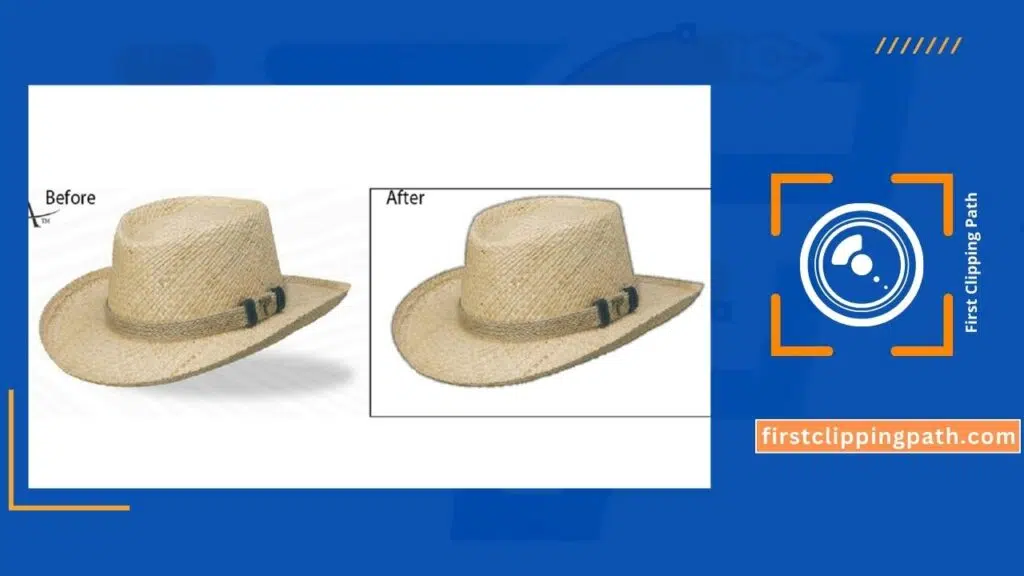
Are you ready to bring your imagination to life through the magical art of shadow puppetry? Creating your own shadow puppet cutouts is a fun and creative way to engage both children and adults alike. In this step-by-step guide, we will walk you through the process of gathering materials, designing your characters, cutting and assembling the puppet cutouts, adding details for an enchanting effect, and sharing some valuable tips for a successful shadow puppet performance.
Gathering Materials And Tools For Shadow Puppetry:
To get started, you’ll need to gather the following materials and tools:
- Cardstock or heavy black paper: This will serve as the base for your puppet cutouts.
- Pencils or pens: Use these to sketch and design your characters before cutting them out.
- Scissors: A sharp pair of scissors is essential for cutting out your puppet shapes.
- Craft knife (optional): If you prefer more intricate designs, a craft knife can be used for precision cutting.
- Wooden dowels or sticks: These will be used as puppet handles for manipulation during the performance.
- Tape or glue: Use these to attach the puppet cutouts to the handles securely.
Designing And Planning Your Shadow Puppet Characters:
Before you start cutting your puppet cutouts, take some time to design and plan your characters. Here are a few key points to consider:
- Choose a theme: Decide on a theme or story for your shadow puppet performance. This will help guide your character designs.
- Character sketches: Use pencils or pens to sketch out your characters on paper. Experiment with different shapes and sizes until you find the perfect design.
- Simple outlines: Remember, your puppet cutouts will be seen as silhouettes, so focus on creating clear, bold outlines that are easily recognizable.
Cutting, Shaping, And Assembling The Puppet Cutouts:
Once you have your character designs finalized, it’s time to bring them to life through the cutting and assembling process. Here’s how:
- Trace your designs: Place your character sketches onto the cardstock or black paper and carefully trace around them.
- Cut out the shapes: Using scissors or a craft knife cut out the traced shapes. Take your time to ensure clean cuts and smooth edges.
- Attach handles: Using tape or glue, attach a wooden dowel or stick to the back of each puppet cutout. Make sure it is firmly secured for easy manipulation.
Adding Details And Embellishments For A Mesmerizing Effect:
To create a mesmerizing effect during your shadow puppet performance, consider adding details and embellishments to your puppet cutouts. Here are some ideas:
- Eyes and features: Use a hole punch or craft knife to create small openings for the eyes and other facial features of your characters.
- Decorative elements: You can enhance the visual appeal of your puppets by adding small decorative elements, such as feathers, sequins, or glitter.
- Movement aids: Attach thin strips of translucent material, like tissue paper or cellophane, to create flowing capes, wings, or other dynamic elements.
Tips And Tricks For A Successful Shadow Puppet Performance:
To ensure a successful shadow puppet performance, remember these tips and tricks:
- Lighting setup: Use a strong and focused light source positioned behind a white screen or thin fabric to create clear and sharp shadows.
- Practising puppet movements: Spend time rehearsing and refining the movements of your puppets to make their actions smooth and fluid.
- Voice acting: Consider practising different voices or sound effects to enhance the storytelling aspect of your performance.
- Engage your audience: Use your puppet cutouts to interact with your audience, creating a more immersive experience.
Now that you have all the steps and tips at your fingertips, it’s time to jump into the creative world of shadow puppetry. Let your imagination run wild as you bring your characters to life and captivate your audience with an enchanting performance!
Bringing Your Shadow Puppet Cutouts To Life (Performance And Storytelling)
Are you ready to bring your shadow puppet cutouts to life? With a little creativity and some key techniques, you can create a captivating performance and weave an enchanting story. Let’s dive in and explore how to set the stage, master shadow puppet manipulation, incorporate music, lighting, and sound effects, and experiment with different storytelling techniques.
Set The Stage: Creating The Perfect Atmosphere For A Shadow Play
To create a captivating atmosphere for your shadow play, follow these tips:
- Choose a suitable performance space, preferably a dark room or a tent with minimal outside light.
- Set up a white screen or a plain white sheet to project your shadow puppets onto.
- Arrange the light source behind the screen, making sure it projects a clear and sharp shadow.
- Consider using colored gels or filters on your light source to add a touch of drama and ambiance.
- Create a cozy and intimate space for your audience, with pillows or seating arrangements that allow them to comfortably enjoy the performance.
Mastering The Art Of Shadow Puppet Manipulation
To bring your shadow puppet cutouts to life through expert manipulation, keep these techniques in mind:
- Practice and familiarize yourself with the various movements and gestures of your puppet cutouts.
- Master the different ways to manipulate the puppets, such as using sticks, rods, or your hands directly.
- Pay attention to the positioning of your puppets in relation to the light source to create distinct and recognizable silhouettes.
- Experiment with different angles and distances from the light source to create depth and dimension.
- Practice transitioning smoothly between different puppet characters to maintain a seamless flow in your performance.
Incorporating Music, Lighting, And Sound Effects
To enhance the atmosphere and engage your audience further, consider incorporating music, lighting, and sound effects:
- Choose suitable background music that complements the mood and theme of your story.
- Use lighting techniques, such as dimming or spotlighting, to create dramatic effects during pivotal moments.
- Integrate sound effects like footsteps, nature sounds, or even simple vocal cues to enhance the storytelling experience.
- Experiment with timing and synchronization to ensure your music and sound effects align seamlessly with the puppet movements.
Exploring Different Storytelling Techniques Using Shadow Figures
Now that you have the technical elements in place, it’s time to unleash your storytelling prowess. Here are some techniques to consider:
- Create a narrative arc with a clear beginning, middle, and end to guide your story.
- Utilize different shadow figures to represent characters, objects, and scenery to diversify your storytelling possibilities.
- Experiment with the speed and rhythm of your puppet movements to convey emotions and intensify the story’s pace.
- Incorporate dialogues and voiceovers to bring your characters to life and engage your audience in the narrative.
- Play with shadows and silhouettes to create symbolic imagery that adds depth and meaning to your story.
With these strategies in mind, you’re well-equipped to create an enchanting shadow puppetry performance. Remember, the key is to let your imagination soar and infuse your own unique style into each element of your storytelling. So, grab your shadow puppet cutouts, gather your audience, and get ready to embark on a magical journey through the art of shadow play.
Exploring Advanced Shadow Puppet Techniques (Pushing The Boundaries Of Creativity)
Shadow puppetry is an ancient form of storytelling that captivates audiences with its enchanting play of light and shadow. While traditional shadow puppets are made from paper cutouts, there are advanced techniques that allow you to push the boundaries of creativity and take your shadow puppet performances to a whole new level.
In this section, we will explore some innovative ways to elevate your shadow puppetry skills.
Experimenting With Different Materials For Unique Shadow Effects
- Translucent materials: Instead of the traditional paper, try using materials like thin fabric or plastic sheets to create a different effect when lit from behind. The transparency of these materials can give your shadow puppet more depth and subtlety.
- Metal wire: Bendable and malleable, metal wire can be used to create intricate and delicate shadow puppet designs. Experiment with different gauges of wire to achieve varying levels of detail and intricacy.
- Stained glass: Incorporating colored stained glass pieces into your shadow puppet designs can add a vibrant and ethereal touch to your performances. The combination of colored light shining through the glass and the shadow it creates can produce stunning visual effects.
Creating Multi-Layered And Articulated Shadow Puppets
- Multi-layered puppets: By building multiple layers of cutouts, you can create a sense of depth and dimension in your shadow puppet characters. This technique allows for more dynamic movements and adds a three-dimensional aspect to your performances.
- Jointed puppets: Experiment with adding joints to your shadow puppets to give them more realistic and fluid movements. Attach limbs and other movable parts with small hinges or brads, allowing you to manipulate each joint independently for greater control over the puppet’s gestures and actions.
Incorporating Technology Into Your Shadow Puppet Performances
- Projection mapping: Combine the traditional art of shadow puppetry with modern technology by incorporating projection mapping techniques. Projecting images or designs onto your puppets can add a whole new level of visual storytelling to your performances.
- Led lights: Integrate led lights into your shadow puppet setup to create captivating and dynamic lighting effects. Experiment with different colors, brightness levels, and patterns to enhance the mood and atmosphere of your performance.
- Motion sensors and sound effects: Add an interactive element to your shadow puppetry by incorporating motion sensors and sound effects. Triggering sound effects or background music based on the movement of your puppets can create a more immersive and engaging experience for your audience.
These advanced shadow puppet techniques offer endless possibilities for exploring creativity and pushing the boundaries of this ancient art form. Whether you’re experimenting with different materials, creating multi-layered and articulated puppets, or incorporating technology, there’s no limit to what you can achieve.
So go ahead, let your imagination run wild, and create mesmerizing shadow puppet performances that leave a lasting impression on your audience.
Inspiring Ideas For Shadow Puppetry (Themed Performances And Adaptations)
Shadow Puppetry As A Tool For Education And Storytelling In Schools
Shadow puppetry is not only a captivating and visually striking art form but also a powerful tool for education and storytelling, particularly in schools. It offers a unique and engaging way to bring stories to life and spark the imagination of young minds.
Here are some key points to consider:
- Enhancing creativity: Shadow puppetry encourages children to think outside the box and use their creativity to design characters, create narratives, and develop performances.
- Improving communication skills: Through puppetry, students learn to express themselves, communicate with others, and work as a team to bring their stories to the stage.
- Promoting cultural diversity: Shadow puppetry can incorporate elements from different cultural traditions, allowing students to learn about and appreciate diverse stories and art forms.
- Stimulating critical thinking: Creating shadow puppet performances requires students to analyze and interpret stories, develop characters, and make artistic choices, fostering critical thinking skills.
- Serving as a multidisciplinary activity: Shadow puppetry integrates various subjects such as language arts, visual arts, history, and even science, giving students a comprehensive learning experience.
Adapting Famous Stories For Shadow Puppet Performances
One of the most exciting aspects of shadow puppetry is the ability to adapt well-known stories and bring them to life in a unique and visually striking way. Here are some ideas to consider:
- Classic literature: Adapt beloved classics like shakespeare’s plays, fairy tales, or myths and legends into captivating shadow puppet performances, adding a fresh twist to well-known narratives.
- Children’s books: Choose popular children’s books and reimagine them through shadow puppetry, delighting young audiences and encouraging a love for literature.
- Historical events: Dive into history by selecting important events or figures and retelling their stories through shadow puppet performances, making history come alive on stage.
- Contemporary stories: Why not adapt modern stories or even create new ones? Explore current themes and issues that resonate with your audience and create compelling shadow puppet performances.
Themed Shadow Puppet Shows: Exploring Different Genres And Motifs
With shadow puppetry, the possibilities are endless when it comes to exploring different genres and motifs. Here are some ideas to consider when creating themed shadow puppet shows:
- Fantasy and mythology: Dive into fantastical worlds and mythical creatures, transporting your audience into realms of magic and enchantment.
- Adventure and exploration: Take your viewers on thrilling journeys to uncharted lands, following brave heroes as they overcome obstacles and seek treasure.
- Nature and wildlife: Celebrate the beauty and wonders of the natural world by incorporating flora and fauna into your shadow puppet shows, promoting awareness and connection to the environment.
- Science fiction: Embrace futuristic concepts and technological advancements, sparking the imagination and exploring what lies beyond our current understanding.
- Social issues and advocacy: Use shadow puppetry as a platform to shed light on social issues and inspire positive change, creating performances with meaningful messages.
Remember, your shadow puppet performances can be as unique and imaginative as you dare to make them. Let your creativity soar, and captivate your audience with the mesmerizing world of shadow puppetry.
Resources And Further Learning For Shadow Puppetry Enthusiasts (Websites, Books, And Communities)
Shadow Puppet Cutouts
If you’re fascinated by the art of shadow puppetry and want to learn more, there are plenty of resources and communities available to help you on your journey. Whether you’re a beginner looking for online tutorials or an experienced puppeteer wanting to delve deeper into the craft, this section will provide you with valuable recommendations.
Online Tutorials And Resources For Beginner Puppeteers:
- Youtube: A treasure trove of video tutorials on shadow puppetry. Search for channels like “shadow puppetry 101” and “puppeteering made easy” for step-by-step demonstrations and tips.
- Puppetry websites: Websites like puppeteers of america and the shadow theatre offer free resources including printable shadow puppet templates, puppetry basics, and techniques to get you started.
- Online courses: Platforms such as udemy and skillshare offer online courses specifically tailored to beginners in shadow puppetry. These courses provide structured learning with professional guidance to help you master the craft.
Recommended Books And Guides For Delving Deeper Into Shadow Puppetry:
- “shadow puppetry: A comprehensive guide” by jennifer silber: this comprehensive guide covers everything from the history of shadow puppetry to advanced techniques. It includes detailed instructions, diagrams, and beautiful illustrations to inspire and guide puppeteers of all levels.
- “shadow puppets and shadow play” by david currell: This book delves into the cultural significance of shadow puppetry across different regions of the world. It explores the techniques, traditions, and stories behind this captivating art form.
- “the art of shadow puppetry: Techniques and performances” by sarah fremland: this book offers practical advice on puppet construction, manipulation, and performances. It also delves into the artistry behind creating shadows, storytelling, and engaging audiences.
Connecting With Other Shadow Puppetry Enthusiasts Through Online Communities:
- Puppeteers unite forum: An online forum where shadow puppetry enthusiasts gather to exchange ideas, share experiences, and seek advice. Engage in discussions with like-minded individuals and tap into the collective wisdom of the puppetry community.
- Shadow puppetry facebook groups: Join dedicated facebook groups such as “shadow puppetry enthusiasts” or “the puppetry circle” to connect with fellow enthusiasts, participate in virtual events, and access valuable resources shared by members.
- Shadow puppetry subreddit: Reddit has an active community of puppeteers and shadow puppetry enthusiasts. Visit the subreddit r/shadowpuppetry to explore discussions, ask questions, and discover new insights from passionate individuals.
By immersing yourself in online tutorials, exploring recommended books, and connecting with other enthusiasts through online communities, you’ll expand your knowledge and skills in the captivating world of shadow puppetry. Embrace the guidance and support available, and let your creativity shine through the enchanting silhouettes you bring to life on the shadowy stage.
Conclusion: Embracing The Art Of Shadow Puppetry
Reflecting On The Beauty And Versatility Of Shadow Puppetry
————————————————————
Shadow puppetry is an ancient art form that has captivated audiences worldwide for centuries. From its humble beginnings in China, shadow puppetry has evolved into a highly expressive and versatile form of storytelling. Its beauty lies in its simplicity, relying on the interplay of light and shadow to create captivating narratives.
Here are some key points to reflect on:
- Shadow puppetry is a visual artistry that combines the beauty of light and shadow to tell stories. It adds a mystical, ethereal quality to the performance, keeping the audience intrigued and engaged.
- The versatility of shadow puppetry is truly remarkable. With just a source of light, a thin screen, and the dexterity of the puppeteer, endless stories can be brought to life. This art form provides an opportunity for creative expression like no other.
- Shadow puppetry is not limited by language barriers. Its universality makes it accessible and enjoyable for people from various cultures and backgrounds. It transcends verbal communication and enables storytellers to convey complex narratives through simple gestures.
Encouraging readers to dive into their own creative journey with shadow figures
——————————————————————————
The world of shadow puppetry is not limited to professional performers or famous puppeteers. Anyone can embark on their own creative journey with shadow figures and experience the joy of bringing stories to life. Here’s how you can get started:
- Begin by exploring different styles of shadow puppetry. Research traditional shadow puppetry techniques from different cultures and find inspiration for your own creations.
- Experiment with various materials for your shadow figures. From cardboard and paper to more intricate materials like leather or even glass, the possibilities are endless. Let your imagination guide you.
- Invest in a good light source to enhance your shadow puppetry experience. Whether it’s a simple lamp or a professional stage lighting setup, the right lighting can dramatically transform your storytelling.
- Practice and refine your puppeteering skills. Start with simple movements and gradually add more complexity. Remember, practice makes perfect, and the more you delve into this art form, the more confident you’ll become.
The enduring appeal of shadow puppet cutouts in a digital age
—————————————————————-
In today’s digital age, where screens and virtual experiences dominate our lives, there is a certain allure to the simplicity of shadow puppet cutouts. These handmade creations offer a refreshing break from the digital world and reconnect us with the tactile nature of storytelling.
Here’s why shadow puppet cutouts continue to captivate audiences:
- Shadow puppet cutouts evoke a sense of nostalgia and tradition. They hark back to a time when storytelling was passed down through generations, bringing families and communities together.
- The handmade aspect of shadow puppet cutouts adds a personal touch to the storytelling experience. Each cutout is unique and carries the mark of the creator, making it a cherished keepsake.
- Shadow puppet cutouts provide an opportunity for imaginative play and creativity. Children and adults alike can use their figures to create their narratives, fostering storytelling skills and imaginative thinking.
- As an antidote to screen time, shadow puppet cutouts offer a screen-free storytelling experience that encourages face-to-face interaction and social connection.
Shadow puppetry continues to enthral and inspire, even in a world dominated by technology. Its beauty and versatility, coupled with the accessibility it offers to individuals, make it an art form worth exploring. So why not dive into your creative journey with shadow figures and experience the magic of bringing stories to life through the interplay of light and shadow?
Frequently Asked Questions For Shadow Puppet Cutouts
What Are Shadow Puppet Cutouts?
Shadow puppet cutouts are traditional art forms where figures are cut from opaque materials, creating silhouettes when placed against a light source. These cutouts are manipulated to tell stories through shadows projected onto a screen or surface.
How Do You Create Shadow Puppet Cutouts?
To create shadow puppet cutouts, you need a template, scissors, a light source, and a screen or surface to project the shadows. Trace the template on an opaque material, like paper or cardboard, and carefully cut it out. Attach the cutout to a stick or handle for manipulation, then position it between the light source and screen to project the shadow.
What Materials Can Be Used For Shadow Puppet Cutouts?
Various materials can be used for shadow puppet cutouts, including paper, cardboard, leather, and even thin plastic. These materials should be opaque to effectively block the light and create distinct silhouettes. Experiment with different materials to achieve different effects and textures in your shadow puppets.
Conclusion
Shadow puppet cutouts are a fascinating traditional art form that continues to captivate audiences today. With their intricate designs and enchanting storytelling capabilities, shadow puppets offer a unique and imaginative form of entertainment. Whether you’re a parent searching for a creative activity for your child or an artist looking to explore a new medium, shadow puppet cutouts are a fantastic choice.
By incorporating storytelling, design, and the element of surprise, this art form stimulates imagination and encourages creativity. From traditional tales to original narratives, the possibilities for shadow puppetry are endless. So why not give it a try and embark on a magical journey into the world of shadow puppet cutouts?
With a bit of practice and creativity, you’ll be amazed at the stories you can create and the joy you can bring to yourself and others. Let your imagination take flight with shadow puppet cutouts and discover the wonders of this timeless art form.
